Spinal Stenosis Exercises to Avoid: During Knee Replacement Recovery
Spinal stenosis is relatively common among adults having a total knee replacement surgery. While spinal stenosis doesn’t always impact total knee replacement recovery, when it does, it can be frustrating.
Before I specialized in treating patients after a total knee replacement surgery, I was a primary physical therapist for two spine surgeons. I must have treated hundred of patients with spinal stenosis during that time and I learned a lot about the condition.
In this article I will share information from my experience as a physical therapist treating post surgical and non-surgical spine patients and how spinal stenosis can impact total knee replacement recovery.
Understanding Total Knee Replacement and Spinal Stenosis
When it comes to joint pain due to osteoarthritis and resulting limitations in mobility, Total Knee Replacement (TKR) surgery can be a life-changing solution for many individuals. It’s especially common among those with severe knee osteoarthritis, which can cause debilitating pain and hindered movement. However, undergoing this surgery, as we’ve explained in our previous articles such as “The Worst Day After Knee Replacement“, “Disadvantages of Knee Replacement Surgery“, and “How Painful is a Total Knee Replacement?“, requires adequate preparation and awareness of the potential challenges.
One such challenge is managing TKR alongside a condition known as Spinal Stenosis. As many of our patients already know, Spinal Stenosis is a condition where the spaces within your spine narrow, which can put pressure on the nerves that travel through the spine. This can result in back pain and other symptoms that can complicate the TKR recovery process.
It’s important to understand that while TKR surgery primarily addresses the knee, the body works as a complex interconnected system. This means that a problem in one area, like spinal stenosis, can impact another, like your newly replaced knee. Consequently, it’s crucial to integrate spinal stenosis management strategies into your TKR recovery plan. This is especially relevant during the immediate postoperative phase when the correct sleeping position, as we discussed in “Sleeping After Knee Replacement“, is vital for optimal healing.
TKR can be a solution to knee pain, and our patients frequently report improvements in quality of life after surgery. From “Returning to Work After Knee Replacement Surgery” to “Using Exercise Equipment” again, life after TKR can indeed look promising. But it’s also essential to set realistic expectations. As the research we’ve referenced suggests, although TKR can alleviate arthritic symptoms, patients with spinal stenosis may still experience certain limitations postoperatively.
However, do not be discouraged. With the right strategies in place and a supportive therapeutic team behind you, you can navigate the complexities of managing spinal stenosis alongside TKR. Our dedicated series of articles, including “Total Knee Replacement Recovery Time Frame“, “Overcoming Challenges After Total Knee Replacement: A Guide to Recovery and Empowerment“, and “Total Knee Replacement Exercises“, can provide further insights into a successful recovery journey.
In the next sections of this article, we will delve into the dilemma of postoperative sleeping position and how to address this issue.
The Dilemma: Postoperative Sleeping Position
One of the most common concerns following Total Knee Replacement (TKR) surgery, and particularly for those also managing spinal stenosis, is finding a comfortable sleeping position. This predicament may seem simple, but it’s a critical aspect of the recovery process that can significantly influence postoperative outcomes.
Sleep plays an essential role in the body’s healing process. During sleep, your body works to repair tissues, including the knee that underwent replacement. However, spinal stenosis can make finding a comfortable sleeping position challenging due to the associated back pain and discomfort.
Patients often ask, “How should I sleep after my knee replacement surgery?“. Although there isn’t a one-size-fits-all answer, there are general guidelines and suggestions that can help. However, it’s always best to discuss these with your healthcare provider as your medical history and specific circumstances can influence the optimal sleeping position for you.
In the weeks following TKR surgery, it’s typically recommended to sleep on your back with the operated knee slightly elevated. This position helps reduce swelling and promotes blood flow to the healing tissues. Our article on “Leg Elevation After Knee Surgery” provides in-depth insights on how to correctly elevate your knee.
However, if you have spinal stenosis, lying flat on your back may exacerbate your symptoms. In this case, you might find relief by placing a pillow under your knees while you sleep on your back or assuming a side-lying position with a pillow between your knees for support. Again, it’s essential to experiment with positions under the guidance of your healthcare provider.
During the recovery period, you might need to adjust your sleeping position and setup frequently. For example, as healing progresses, you might find that you don’t need to sleep with your knee in full extension as often. If you have full knee extension during the day you can allow your knee to comfortably bend at night while you sleep. If you don’t have excessive swelling in the surgical leg you no longer need to elevate your leg at night. Remember, patience is vital, and it’s okay to try different positions until you find what works best for you.
Furthermore, managing pain effectively is a crucial aspect of ensuring comfortable sleep. We have explored this topic in detail in our articles, “Using a TENS Machine for Knee Pain“, and “Does Rocktape Kinesiology Tape Help Recovery After Total Knee Replacement?“. Effective pain management can alleviate discomfort and contribute to a better quality of sleep, hence promoting optimal healing.
In the next section, we’ll delve into specific exercises that can be beneficial for spinal stenosis sufferers who have undergone a TKR surgery.
Addressing the Issue: Alternative Comfortable Positions for Sleeping
Sleeping comfortably after a total knee replacement while managing spinal stenosis can be a bit of a balancing act. However, there are various alternative positions that you can try to improve your sleep quality without compromising your postoperative recovery.
1. Sleeping on Your Side
This position might be the most comfortable one for those dealing with both knee replacement recovery and spinal stenosis. You can lay on the non-operated side with a pillow between your knees to keep your spine in alignment and prevent additional pressure on your new knee. “What Causes Sciatica After Knee Replacement?” explains how incorrect sleeping positions can affect your sciatic nerve, a problem closely related to spinal stenosis.
2. Sleeping in a Recliner
Some people with spinal stenosis find relief sleeping in a reclining position. This position can help take the pressure off your lower back. A well-selected recliner can be a helpful addition to your recovery environment. Check out our guide on “The Best Recliner For Knee Replacement” for more information on selecting the best recliner for your needs.
3. Using Adjustable Beds
An adjustable bed allows you to change its angle according to your comfort. Raising the head of the bed slightly can sometimes relieve stenosis-related discomfort. Make sure to use pillows to support your new knee.
4. The Semi-Fowler’s Position
In this position, you lay on your back with your head and upper body raised at an angle between 30-45 degrees, and your knees slightly elevated. This can relieve some of the pressure on the spine and provide a comfortable position for those with spinal stenosis.
Remember, everyone is unique, and what works best for one person may not work as well for another. It is crucial to maintain communication with your healthcare provider and a physical therapist, and adjust your sleeping position as needed. Experimenting under their guidance is essential to find the most comfortable position that suits your recovery and comfort needs.
In the following sections, we will discuss specific exercises and modifications that can be beneficial for people with spinal stenosis who have undergone total knee replacement. Do not miss our “Total Knee Replacement Exercises” guide for an exhaustive list of beneficial exercises following TKR.
Achieving Better Outcomes: Preoperative and Postoperative Strategies
Whether you are preparing for a total knee replacement or have already undergone the procedure, managing spinal stenosis in conjunction can be a challenge. However, there are numerous strategies that can be employed both before and after surgery to ensure the best possible outcomes.
1. Preoperative Physical Therapy
Physical therapy prior to surgery, or prehabilitation, can help strengthen your muscles, increase your flexibility, and improve your overall preparedness for surgery. An effective prehabilitation routine can also provide you with an understanding of what exercises to avoid with spinal stenosis. Do not miss our article on “How Soon After Knee Replacement Can I Use Exercise Bike?” for additional insights on how to maximize your preoperative routine.
2. Appropriate Pain Management
Following surgery, managing pain appropriately can significantly enhance your recovery process. Using strategies like icing your knee regularly, utilizing pain medication as prescribed by your doctor, and using TENS for knee pain are all effective ways to manage postoperative discomfort. Visit our guide “TENS for Knee Pain” for an in-depth exploration of how TENS can be used for pain management after total knee replacement.
3. Postoperative Physical Therapy
Engaging in a regular exercise routine guided by your physical therapist can help regain your strength and mobility after surgery. It’s important to discuss with your therapist about exercises that can improve your spinal stenosis symptoms, and ones that should be avoided. Learn more about the “Total Knee Replacement Exercises” you can perform postoperatively.
4. Using Assistive Devices
Tools like knee pillows, recliners, adjustable beds, and walking aids can make a substantial difference in managing both your knee replacement recovery and spinal stenosis symptoms. For more insights, check out “When Can I Switch from a Walker to a Cane?” and “The Best Recliner for Knee Replacement“.
Through strategic planning and proactive management, patients with spinal stenosis can achieve positive outcomes following total knee replacement surgery. Continue reading for specific exercises that can be incorporated into your recovery regimen to further improve your overall function and quality of life.
Future Research and Conclusion
As our understanding of both total knee replacement surgery and spinal stenosis continues to grow, future research will play a pivotal role in refining our approach to postoperative care. This will inevitably include further investigations into optimal sleeping positions and how they can influence recovery times and overall patient outcomes.
While the precise impact of different sleeping positions on recovery from total knee replacement surgery remains an active area of study, what we know today points towards the importance of comfort, alignment, and personalized approaches to postoperative care. With that in mind, it is crucial for patients to work closely with their healthcare team, including physical therapists and surgeons, to devise a plan that considers both the demands of knee replacement recovery and the symptoms of spinal stenosis.
In closing, here are a few key takeaways from this article:
| ✅ Personal comfort and proper alignment are crucial when determining an optimal sleeping position after total knee replacement surgery. |
| ✅ Sleeping on your back with a pillow beneath your knee, or on your non-operated side with a pillow between your knees are two comfortable positions that can promote recovery. |
| ✅ Preoperative and postoperative strategies, including physical therapy and pain management, can enhance your recovery process. |
| ✅ Consultation with healthcare professionals is key to devising a personalized postoperative care plan that accounts for your unique needs. |
| ✅ Future research will further illuminate the best practices for managing recovery from total knee replacement surgery in patients with spinal stenosis. |
Armed with the insights provided here, you’ll be well-equipped to navigate the unique challenges of recovering from a total knee replacement while managing spinal stenosis symptoms.

Anthony Maritato, PT
Physical Therapist
Anthony Maritato, PT has been a licensed physical therapist and private practice owner since 2006. Ohio license #PT011602.
Anthony has been passionate about helping patients recover from total knee replacement surgery as well as rotator cuff repair surgery.
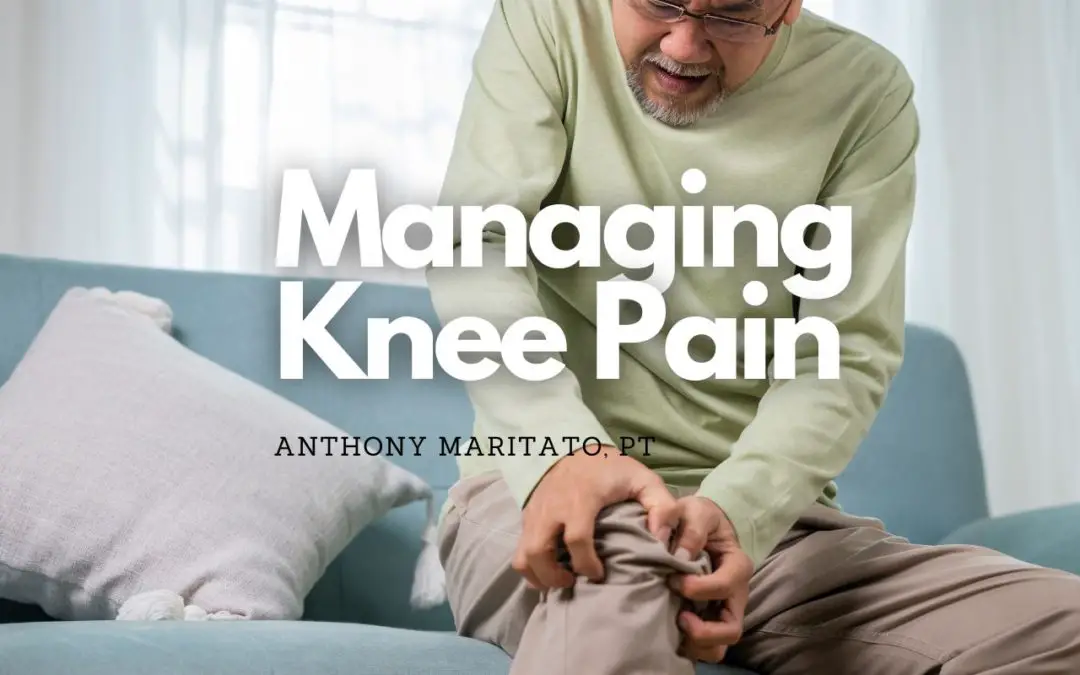
Managing Pain After Total Knee Replacement
Introduction to Managing Pain After a Knee Replacement Undergoing a total knee replacement is a significant medical procedure that can dramatically improve your quality of life. However, the journey to full recovery involves navigating through various challenges, one...

Total Knee Replacement Pain at Night
What to Expect Explore our comprehensive guide on managing 'Total Knee Replacement Pain at Night.' Learn about the causes of night pain, effective pain management strategies, best sleeping positions, and more. This article provides practical advice to help individuals...
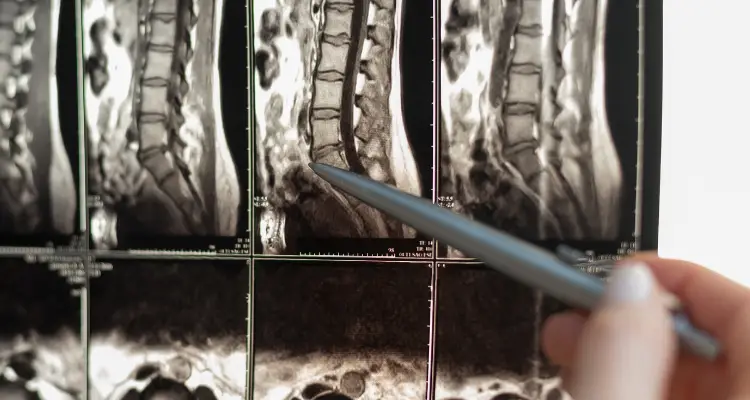
Overview of Spinal Stenosis
Table of Contents What is spinal stenosis What are the symptoms of spinal stenosis How is spinal stenosis diagnosed What are the different types of treatment for spinal stenosis Where to find more information 1. What is spinal stenosis Spinal stenosis is a condition...
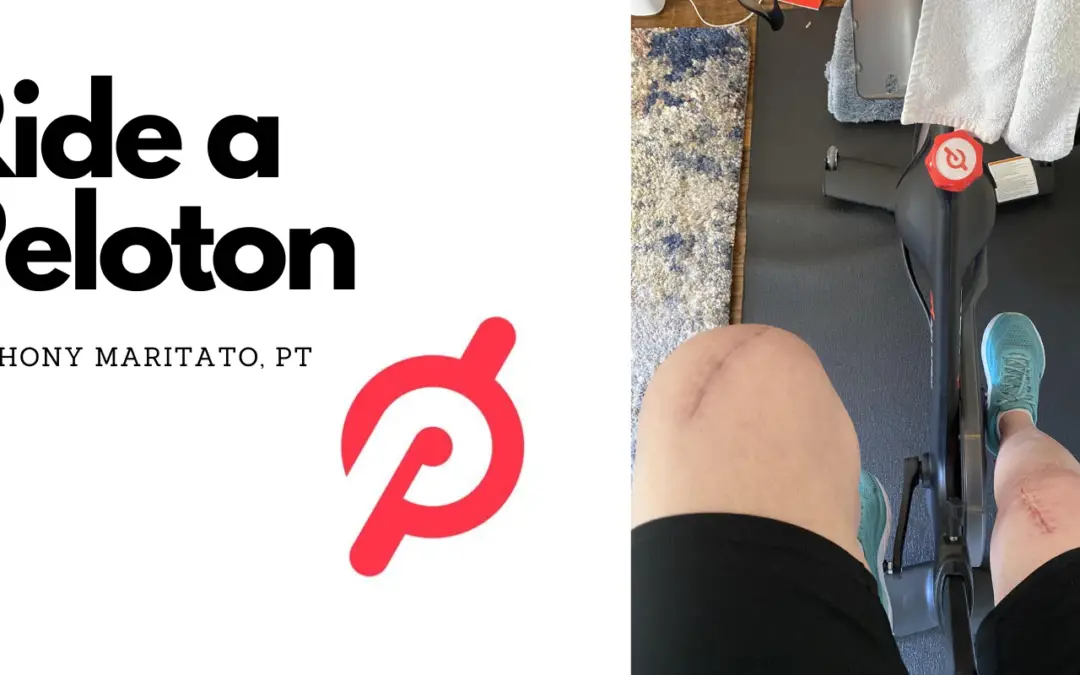
Ride a Peloton After Knee Replacement Surgery
Table of Contents When can I return to riding my Peloton bike at home after a total knee replacement? Is a Peloton bike good physical therapy after a total knee replacement surgery? Will riding my Peloton too much wear out my new knee? How often should I ride my...
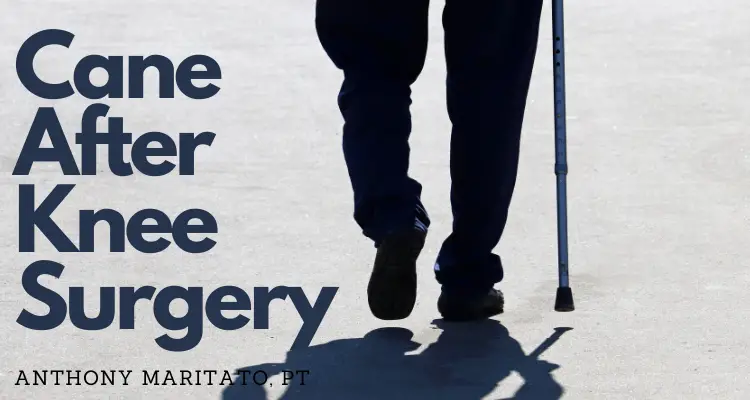
How to Use a Cane After Knee Surgery
Table of Contents Understanding the Purpose of Using a Cane after Knee Surgery How to Properly Use a Cane after Knee Surgery Common Mistakes to Avoid When Using a Cane Transitioning from a Walker to a Cane: When and How? Understanding the Purpose of Using a Cane after...
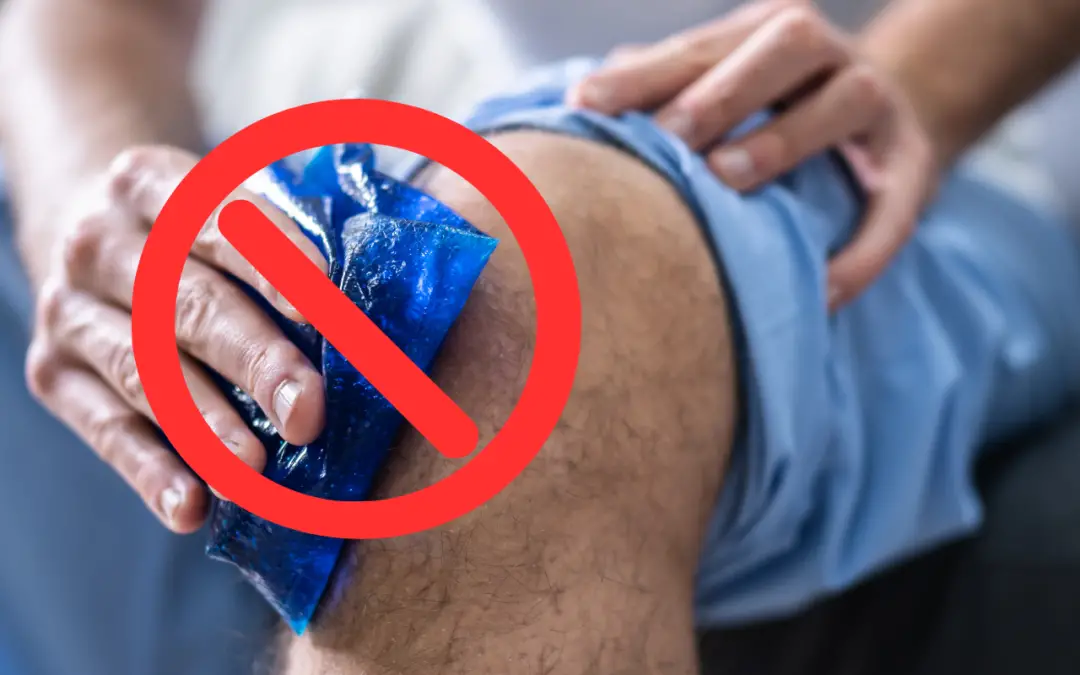
Ice Machine for Knee Surgery
Table of Contents Benefits of Using an Ice Machine After Knee Surgery How an Ice Machine Works Top Ice Machines for Knee Surgery Recovery How to Use an Ice Machine After Knee Surgery Where to Buy an Ice Machine and What to Consider Benefits of Using an Ice Machine...
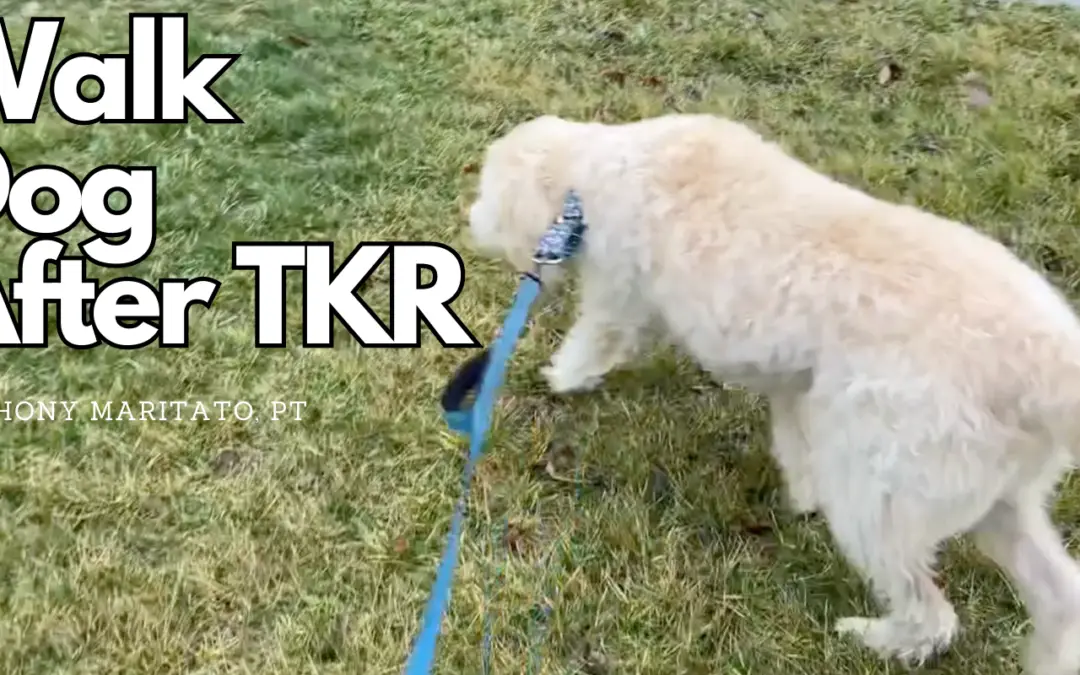
Walking Your Dog After Knee Replacement Surgery: A Timeline for Recovery
Table of Contents Introduction Walking Your Dog After Knee Replacement Safety Considerations and Precautions Conclusion Introduction Hello, fellow dog lovers and knee replacement warriors! I'm Anthony Maritato, a licensed physical therapist specializing in post-total...

Top 5 Mistakes After Knee Replacement
In this article I will share my experience as a physical therapist and personal trainer of more than 22 years treating patients after total knee replacement surgery. I have seen patients who made every mistake possible and still had a great outcome following this...

Disadvantages of Knee Replacement Surgery
Table of Contents Introduction Pain Time Lost Cost Stress Post Surgical Risk or Complications Conclusion Introduction When considering treatment options for severe knee arthritis, one commonly considered intervention is knee replacement surgery. Despite its high...